Múltiples y variopintos son los ataques que recibe el celibato de los Sacerdotes en nuestros tiempos. Ahora el Santo Padre convoca a la Curia para tratar del problema de los Sacerdotes casados y aquellos que en su momento pidieron la secularización y desean volver al ministerio sacerdotal.
Aunque bien es cierto que el celibato sacerdotal es de origen eclesiástico hay varios puntos a tener en cuenta.
En primer lugar aquellos Apóstoles casados dejaron de conocer, por emplear el término bíblico, a sus mujeres, como fue el caso de San Pedro, bien ilustrado en los Hechos de los Apóstoles. En segundo lugar es cierto que algunas iglesias católicas orientales, como la maronita, admiten el Matrimonio entre sus Sacerdotes (admiten que un hombre casado pueda optar al Sacerdocio, pero no que un Sacerdote se case). Pero no es menos cierto que la gran mayoría de estos Sacerdotes maronitas prefieren no casarse, lo cual debiera ser motivo de reflexión. En tercer lugar Nuestro Señor permaneció célibe, e hizo de la Castidad uno de los tres Consejos Evangélicos, lo cual sienta un ejemplo y un precedente de dónde se ubica la perfección. En cuarto lugar es que la disposición obligatoria, urbi et orbi, del celibato para todo Sacerdote del rito latino de 1139 no sucedió porque sí, sino porque se acumuló suficiente experiencia durante siglos que aquellos Sacerdotes casados tenían que enfrentarse a graves obstáculos en el ejercicio de su ministerio.
Un ángulo a explorar es, precisamente, la protestantización del Sacerdocio, excelentemente expuesta en el artículo que transcribimos a continuación. Como no lo es menos la minusvaloración que recibe el consejo evangélico de la Castidad. Castidad que no sólo supone una mortificación del cuerpo sino que, además, es más perfecta, iguala a los ángeles y equipara a los salvados pues en el más allá no hay más procreación.
“THE CRY for a married priesthood among Catholics is yet another sign of a desacralized understanding of the priestly office—and still another concession to Protestants. The signs are myriad. Many priests no longer wear simple black garb with Roman collar. It is unfashionable. They prefer to parade around in suits or more casual attire, such as sports coat or a sport shirt. Heck, if a layman can wear what they please, why not priests? After all, aren't we all priests? Isn't the distinction between ministerial and general priesthood disappearing? Doesn't the priest "preside" over the "liturgical assembly" just like his "separated brethren"? Doesn't he offer the sacramental "meal" on a table as does a Protestant minister? Don't many priests believe that only bread and wine are consumed during the "meal"? Isn't the Church "the People of God"? Given this Protestant—and hence non-sacral—belief in the priesthood and its functions, the clamor for priests who not only dress like laymen but who should be able to father a brood of children and hold jobs like them, is seen in its proper light.
[…]
Obviously, the priest's vow of perpetual chastity has an ascetical purpose: the intentional training of the will; the practice of self-control. Chastity as an evangelical counsel is a special, unique call to perfection. While it is true that all are called to be perfect, the calling is acted out through the particular vocation which we have chosen. In other words, the end is the same (love of God), but the means are different (marital or single life, priest, or religious). Nonetheless, the priestly office is more suitable than marital life as a means of realizing the Christian ideal of perfection. This fact is rejected by those who protest against clerical celibacy.”
Clicar aquí para seguir leyendo.
Rafael Castela Santos
quarta-feira, novembro 15, 2006
Sobre el celibato sacerdotal
Publicada por
Rafael Castela Santos
à(s)
quarta-feira, novembro 15, 2006

Enviar a mensagem por emailDê a sua opinião!Partilhar no TwitterPartilhar no FacebookPartilhar no Pinterest
Subscrever:
Enviar feedback (Atom)
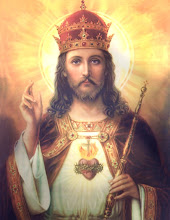
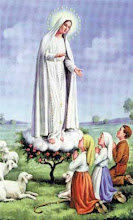




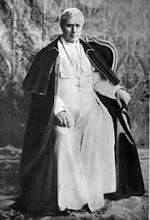
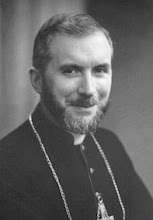

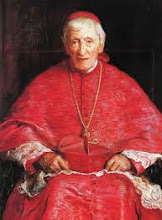


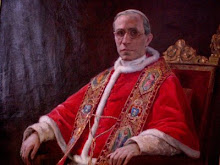
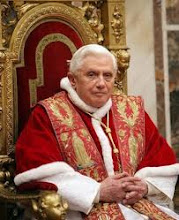


0 comentários:
Enviar um comentário